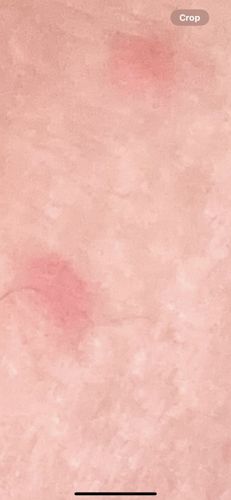Bed Bug
Scientific Name: Cimex lectularius
Order & Family: Hemiptera (Order), Cimicidae (Family)
Size: Adults are typically 4-5 mm (0.16-0.20 inches) long, unfed; engorged (fed) bed bugs can be larger and more reddish.

Natural Habitat
Commonly found in human dwellings, especially in beds, mattresses, bed frames, headboards, and nearby furniture. Can also infest cracks in walls, electrical outlets, and behind wallpaper.
Diet & Feeding
Exclusively feed on the blood of humans and other warm-blooded animals (hematophagous).
Behavior Patterns
Bed bugs are primarily nocturnal, feeding on blood while their hosts are asleep. They are attracted to carbon dioxide and warmth. They hide in cracks and crevices during the day, such as mattress seams, bed frames, and furniture.
Risks & Benefits
Risks: Bed bug bites can cause itchy red welts, leading to skin irritation, allergic reactions, and secondary skin infections from scratching. They do not transmit diseases. Benefits: None to humans; in ecosystems, they serve as a food source for some predatory insects, but their impact is very minor.
Identified on: 9/4/2025